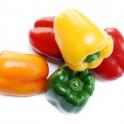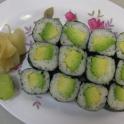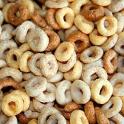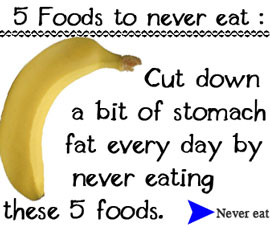When we think of eel, a slimy snake-like creature is the first thing that comes to mind. That’s the last thing people think of however, when they bite into an eel roll, also known as a Unagi roll. Made with freshwater eel, the eel roll tastes light and refreshing.
The eel roll is a unique combination of ingredients that includes cucumber, broiled eel, daikon sprouts and sesame seeds. An acquired taste, those who love eel rolls simply refuse to eat any other roll!
Let’s take a closer look at Eel roll nutrition facts.
Major Nutrients Found In An Eel Roll
At first glance one would think an eel roll is to be avoided at all costs, but that is not the case. Although high on saturated fat, cholesterol and sodium, the eel roll is also a great source of calcium and protein. With just 506 calories per eel roll, it’s a delicious and refreshing way to feed your body.
Storing/Selecting
When choosing an eel roll, choose a roll that has bright and vibrant colors. Dull colors in the eel or cucumber means that your eel roll isn’t fresh. Although the eel is broiled traditionally, a fresh eel roll should be tender, not tough.
Store your eel roll in the fridge until you’re ready to eat it, but no longer than one day. Fresh cucumber and daikon sprouts will begin to soften and brown after a day, so store your eel roll no longer than that.
Eat It With:
The best way to eat an eel roll is with Unagi glaze. Unagi glaze takes the place of the soy sauce, and is mixed with ginger and wasabi for dipping or to drizzle on top of the eel roll. Unagi glaze is made with sake, mirin, sugar and soy sauce.
Burn Off Calories In An Eel Roll
To burn off the calories in an Eel Roll, you would have to complete:
- 70 minutes of circuit training
- 60 minutes of hiking
- 80 minutes of dancing

















